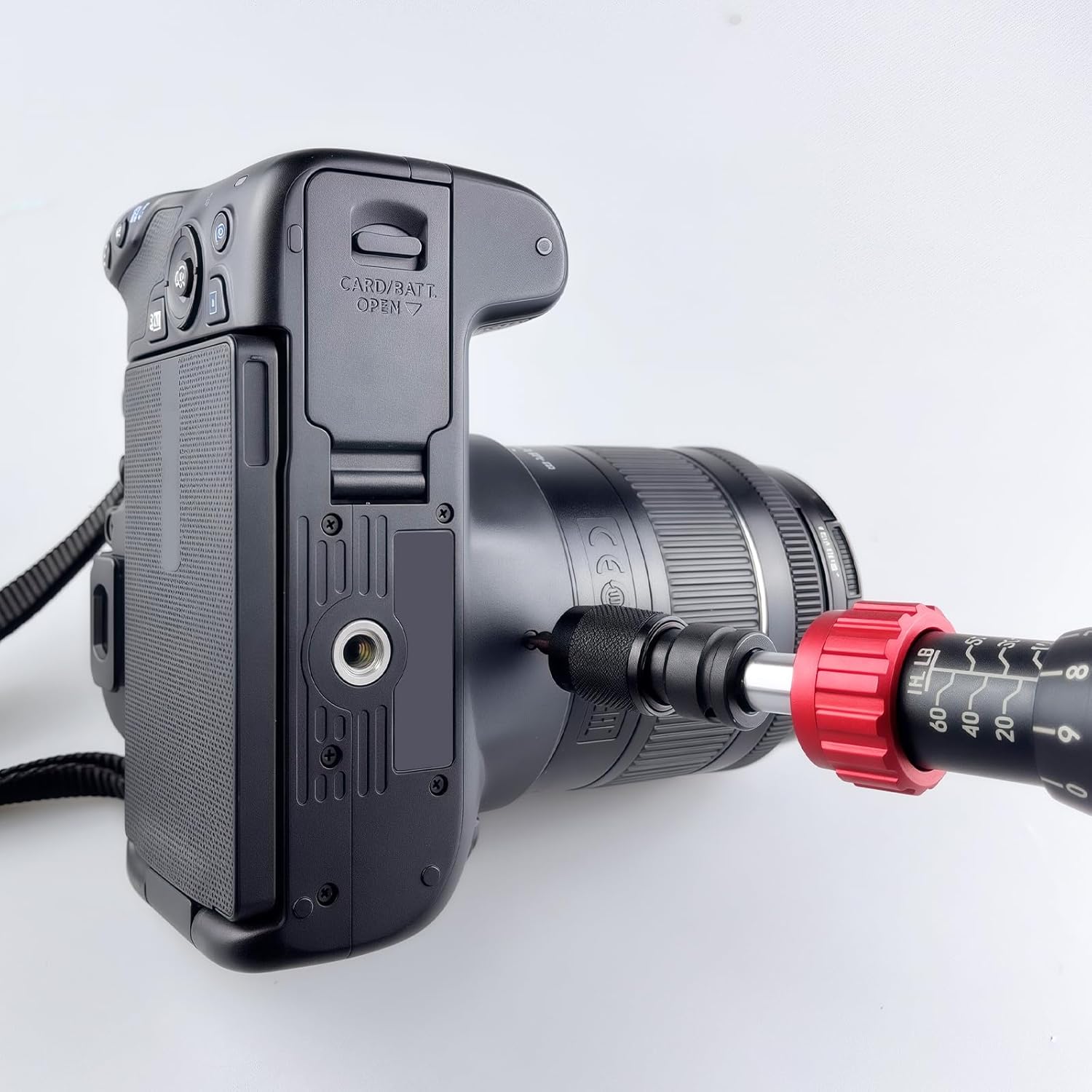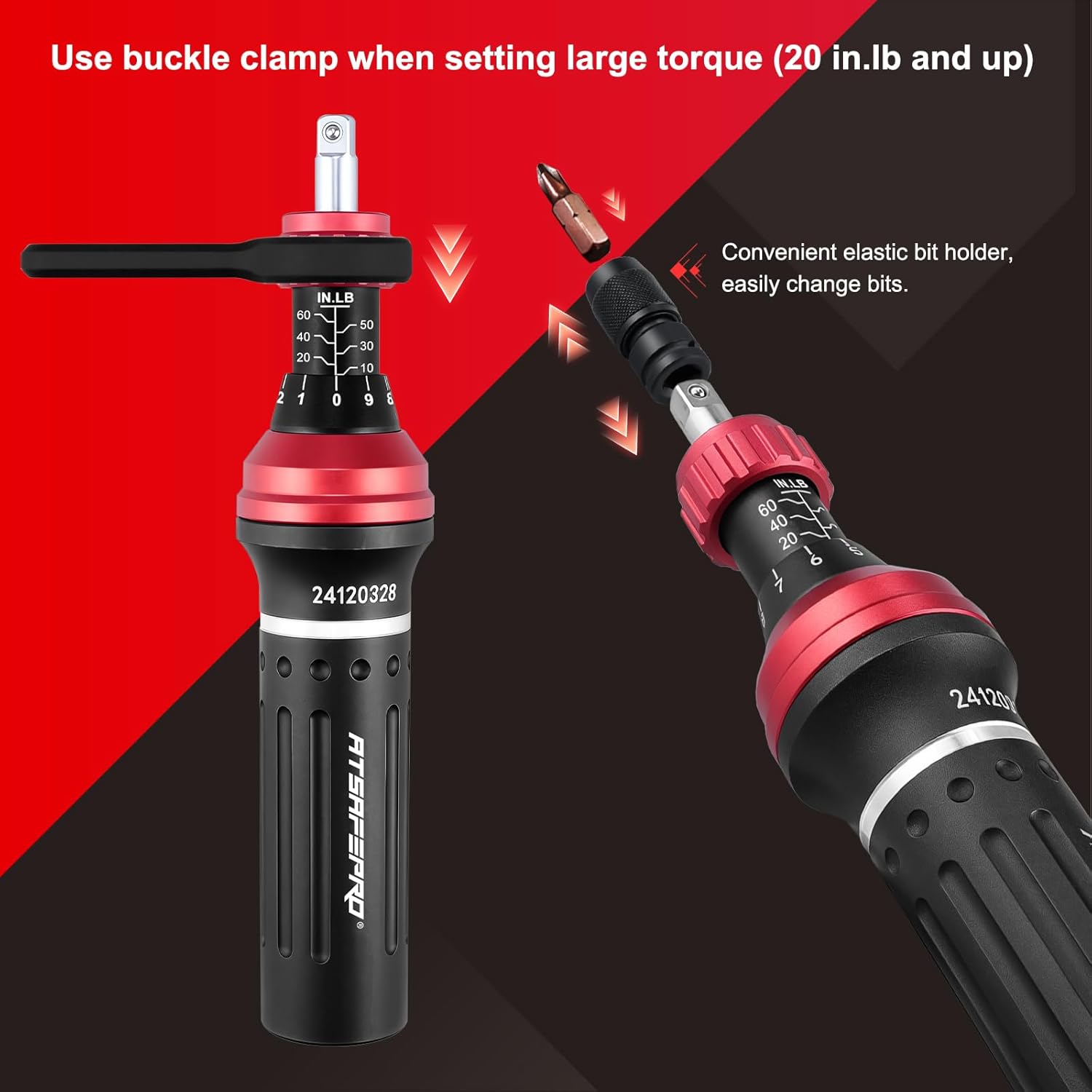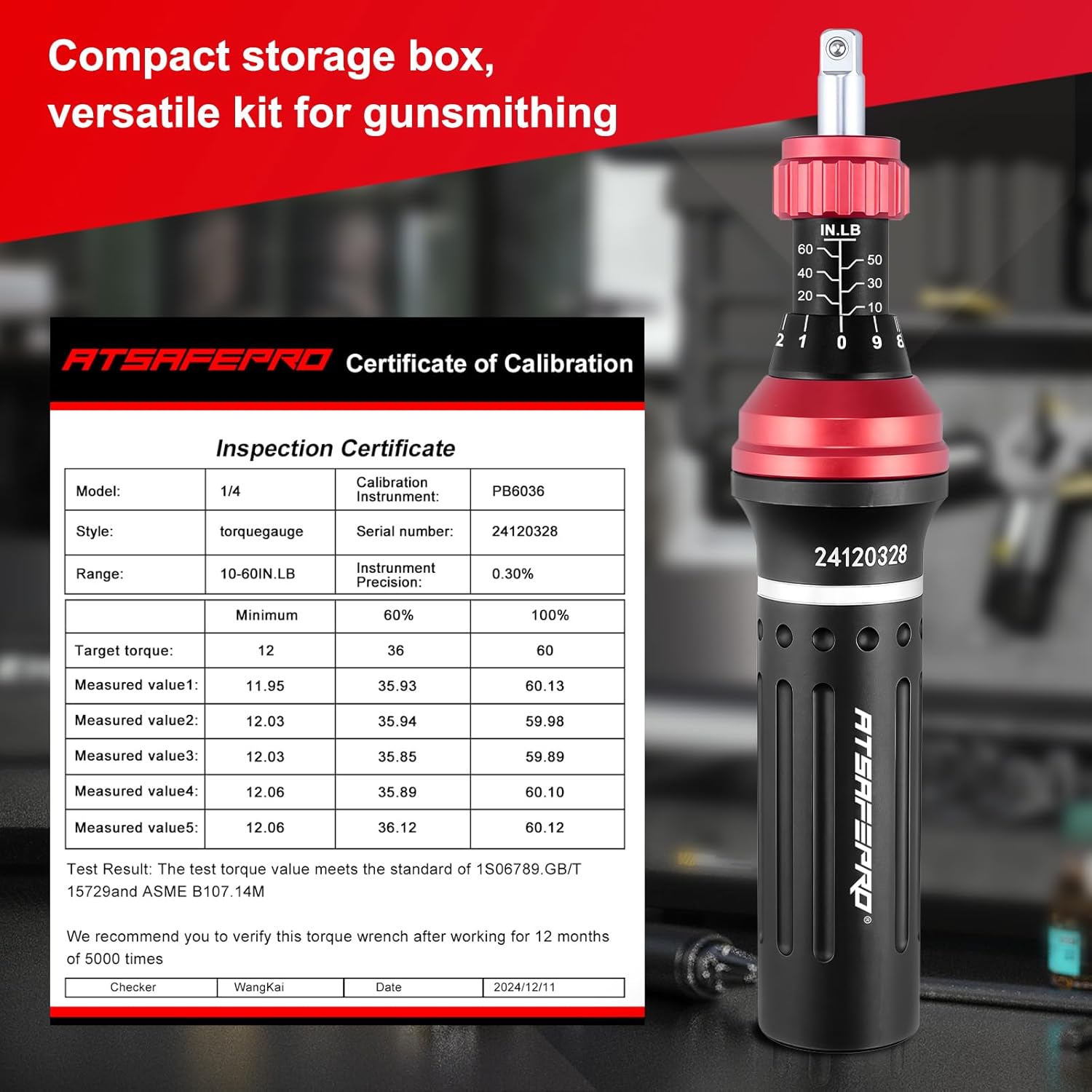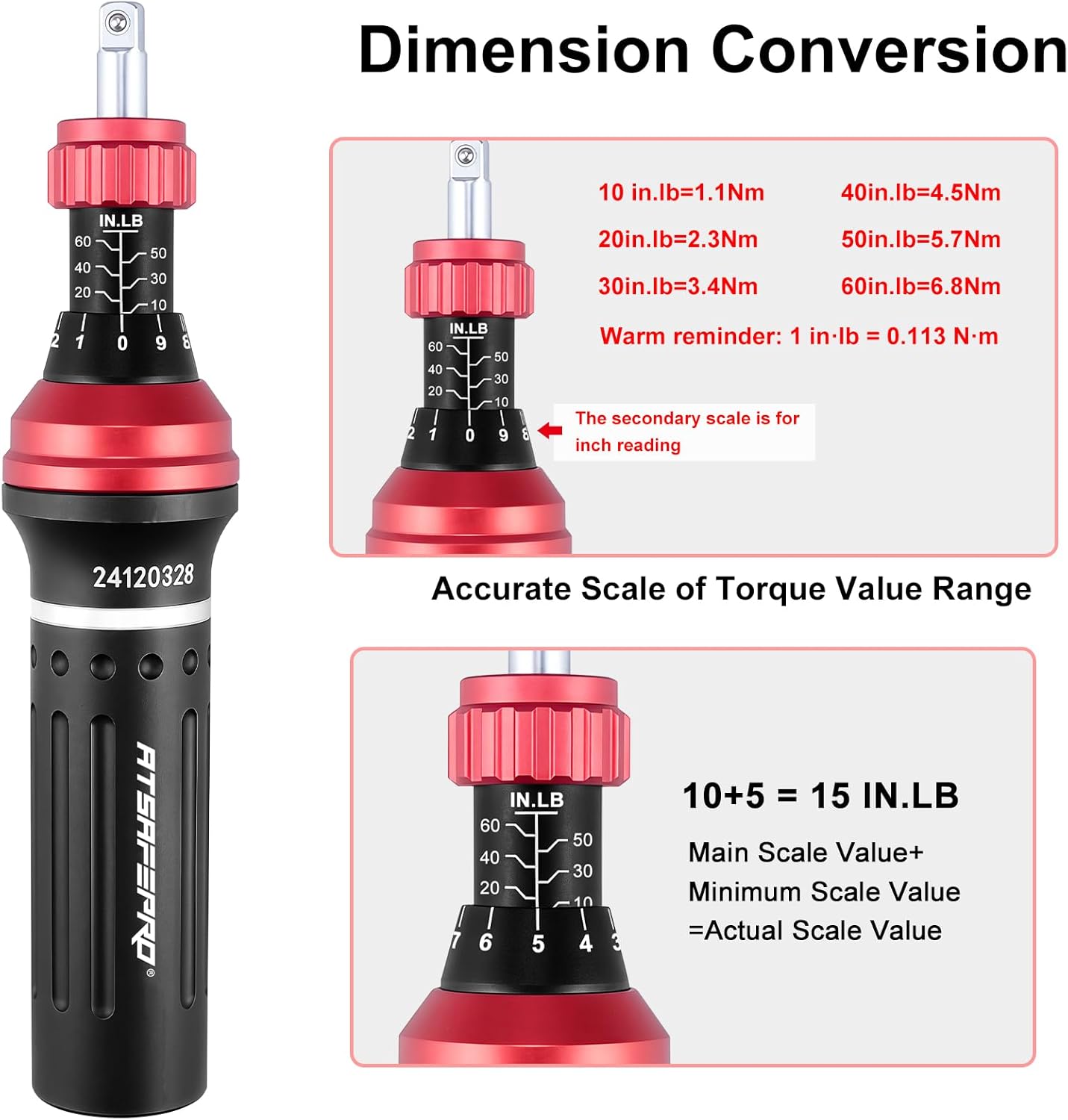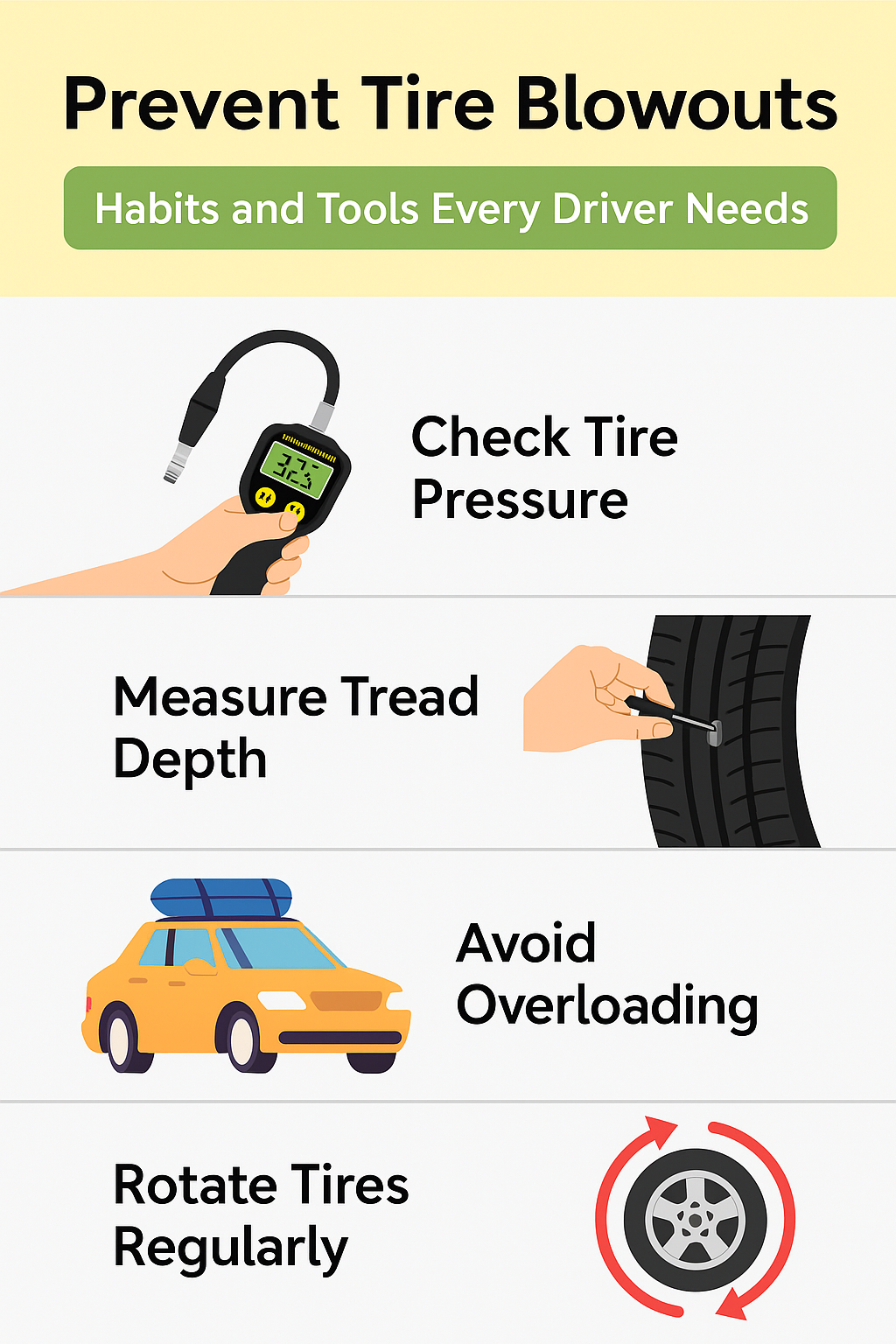
How to Prevent Tire Blowouts: Habits and Tools Every Driver Needs
Why Blowouts Are So Dangerous
A tire blowout doesn’t just leave you stranded—it can cause loss of control, collisions, or serious injuries. According to the National Highway Traffic Safety Administration (NHTSA), thousands of accidents each year are linked to tire failures, with blowouts being one of the most sudden and severe. The good news? Most blowouts are preventable with consistent maintenance and the right tools.
The Hidden Causes of Blowouts
Blowouts are rarely “bad luck.” They are usually the result of neglect or small issues that snowball:
-
Underinflation: Low PSI creates excess heat, which weakens sidewalls.
-
Overinflation: Too much pressure reduces flexibility, making tires more vulnerable to impact damage.
-
Worn Tread: Bald or thin tread cannot disperse heat or resist road hazards.
-
Overloading: Carrying more than the rated load adds stress beyond the tire’s design.
-
Extreme Heat: Hot summer roads magnify the effects of poor maintenance.
Tire Pressure: Your First Line of Defense
The simplest way to prevent blowouts is maintaining the correct PSI. Underinflated tires are the leading cause of sudden failures, especially at highway speeds. A digital tire pressure gauge from ATSAFEPRO gives exact readings in seconds, ensuring your tires are always within safe limits. Pairing this with a portable tire inflator means you never need to rely on gas stations—you can adjust PSI anytime, anywhere.
Tread Depth: Grip That Saves Lives
Tread is what allows your tires to grip wet or uneven surfaces. Once tread drops below 2/32 of an inch, the tire is at high risk of skidding, hydroplaning, and blowouts. A tread depth gauge from ATSAFEPRO gives precise readings, helping you know when replacement is not just smart, but necessary. For family vehicles and long-distance travelers, this habit is one of the easiest ways to avoid roadside emergencies.
Real-Life Situations Where Prevention Matters
-
Highway Driving in Summer: Heat and speed multiply the risk of blowouts. Checking PSI before long trips avoids disaster.
-
Family Road Trips: Overloaded cars demand higher PSI—something many new drivers forget. A quick inflator check prevents dangerous overheating.
-
Daily Commuting: Stop-and-go traffic wears tread unevenly. Measuring depth monthly ensures you catch issues before they escalate.
-
Rainy Season: Worn tread on wet roads can lead to skids and tire bursts. Regular checks protect both you and your passengers.
Building Blowout Prevention Into Your Routine
-
Check tire pressure at least once a month and before any long trip.
-
Use a tread depth gauge every season to monitor wear.
-
Rotate tires every 5,000–7,000 miles to balance stress.
-
Avoid overloading beyond the vehicle’s recommended weight.
-
Replace tires before they reach critical wear, not after.
ATSAFEPRO: Tools That Keep You in Control
What makes prevention easy is having tools you trust. ATSAFEPRO tire gauges, inflators, and tread depth tools are built for everyday drivers, providing accuracy without complexity. Instead of relying on guesswork, you gain reliable readings and quick fixes that keep you safe on highways, during commutes, or on family trips.
Prevention Is Protection
Blowouts don’t have to be a surprise. By combining consistent habits with reliable tools, you lower risks, protect your passengers, and extend your vehicle’s lifespan. With ATSAFEPRO tire care solutions, prevention becomes simple—and safety becomes second nature.
Explore ATSAFEPRO tire tools or connect via Contact Us to build your own blowout prevention routine today.



